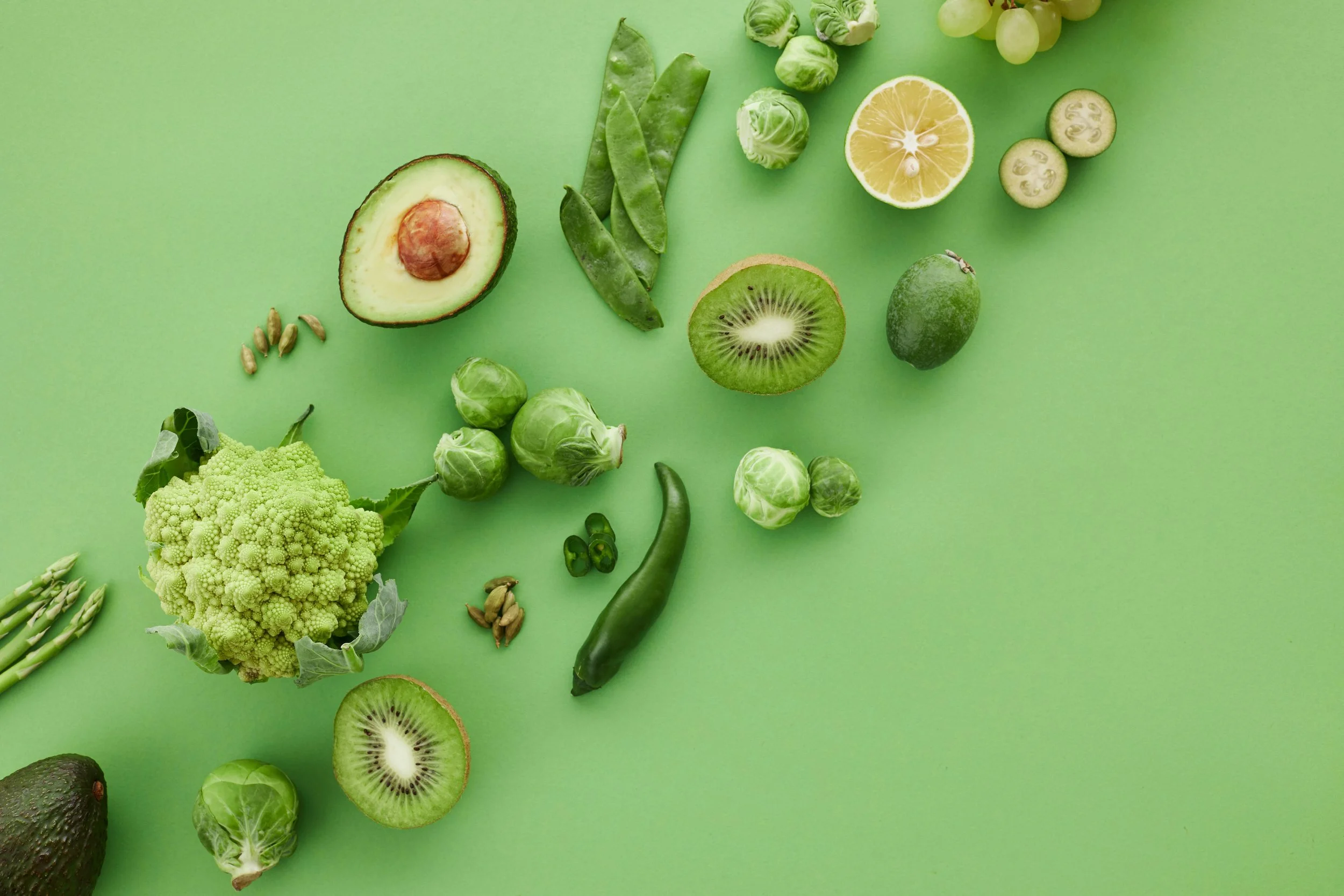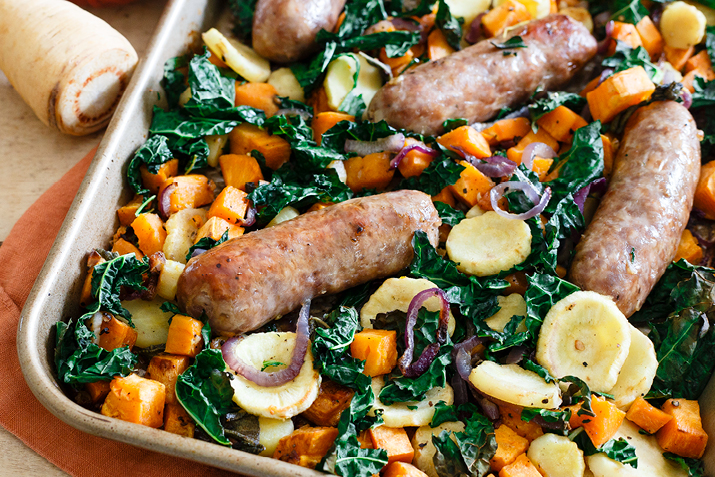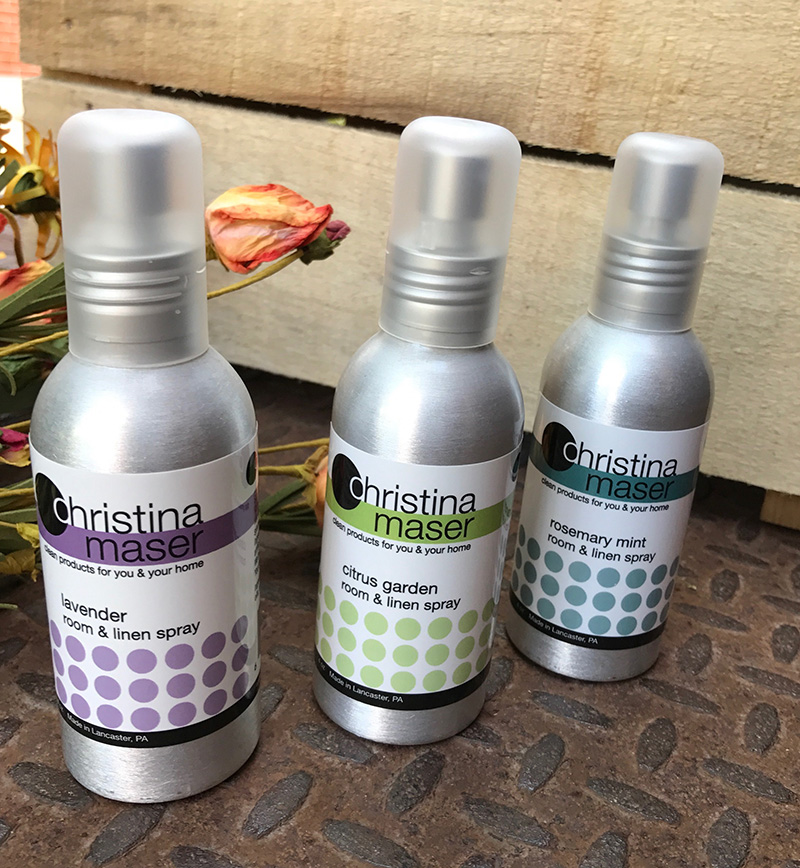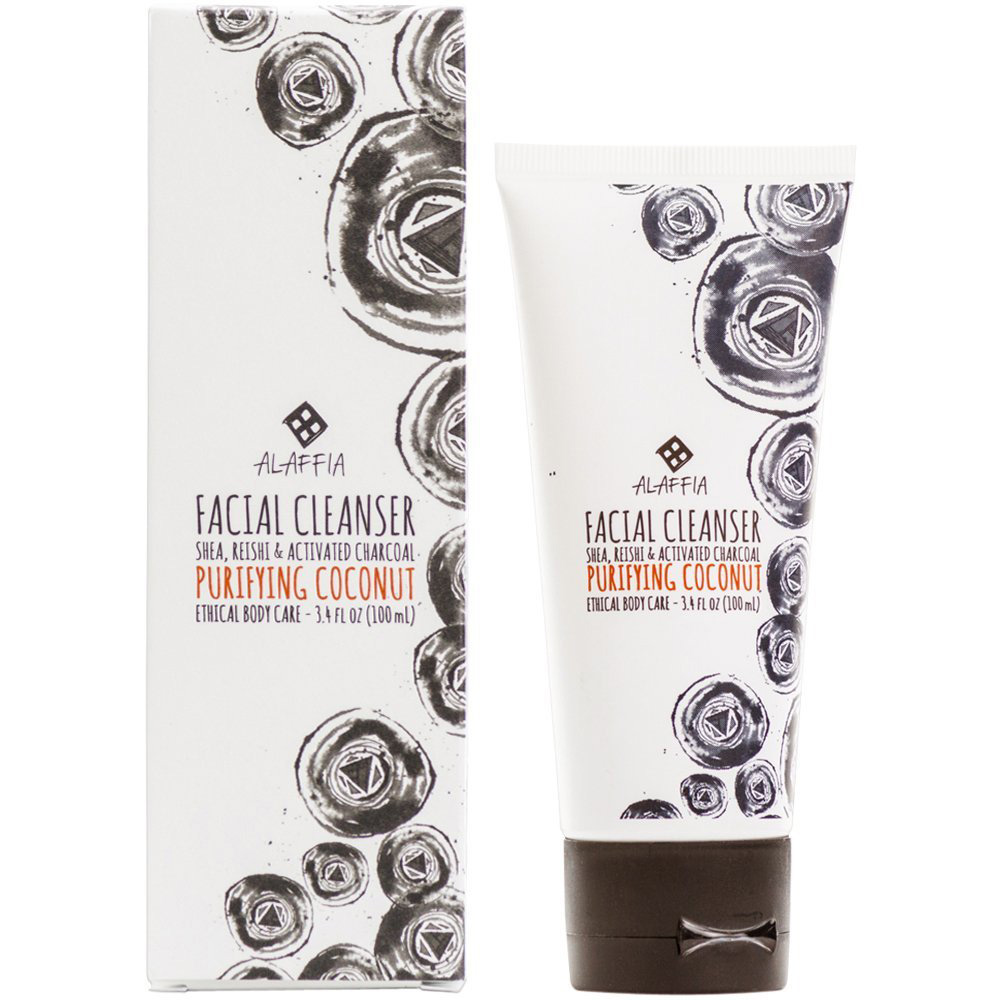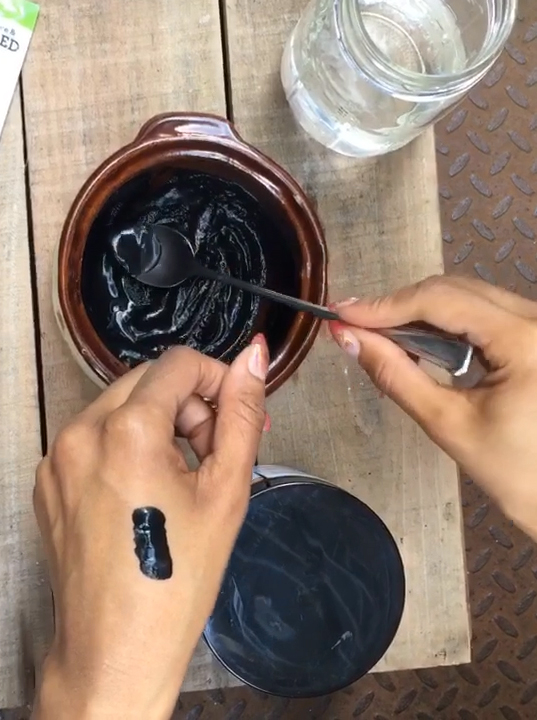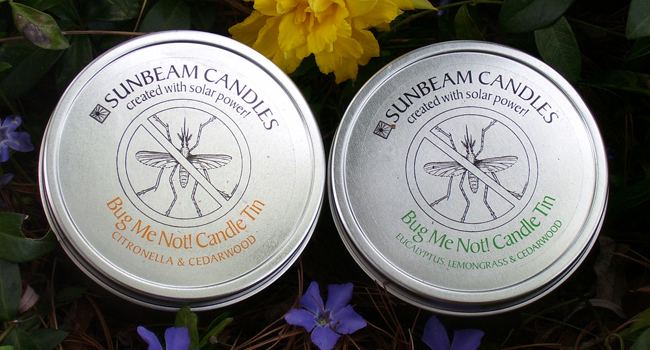Mariposa Food Co-op increased its new entry level starting wage to $13 per hour, the highest starting wage among Philadelphia area grocery stores.
Spiced Squash Pancakes
These moist, deep orange cakes are a breakfast treat, and if you like breakfast for dinner, these would be perfect candidates. Walnuts and maple syrup add crunchy sweetness.
Ingredients
Syrup
- 1/2 cup walnut pieces
- 1/2 cup maple syrup
Pancakes
- 1 cup whole wheat pastry flour
- 1/2 cup unbleached flour
- 4 tablespoons sugar
- 2 teaspoons baking powder
- 1/2 teaspoon ground ginger
- 1/2 teaspoon allspice
- 1/4 teaspoon nutmeg
- 1/2 teaspoon salt
- 3/4 cup squash puree of your choice* (prepared in advance)
- 1 cup 1% low-fat milk
- 2 tablespoons vegetable oil
- 2 large eggs
- Vegetable oil spray
Preparation
- In a 1 quart pot, combine the walnuts and maple syrup, and heat over low heat while you make the cakes. Makes 3/4 cup.
- Preheat the oven to 200 F to hold the finished pancakes, if desired.
- In a large bowl, combine the whole wheat pastry flour, unbleached flour, sugar, baking powder, and salt. In a medium bowl, whisk the squash, milk, oil and egg. Stir the squash mixture into the flour mixture just until all the flour is moistened, don't over-stir.
- Pre-heat griddle or large non-stick skillets, over high heat. Spray with vegetable oil spray just before adding the batter. Use 1/4 cup measure to scoop the batter onto the hot griddle, spreading it out to a 4 inch round with the bottom of the cup. When the batter starts to bubble, turn down the heat to medium. When the edges of the cakes look dry and cooked and the pancake is covered with holes, about 3 minutes, flip the cakes. Cook for a minute or two on the second side, it will not take as long. Flip again and cook for a couple of minutes. Transfer the finished pancakes to a heat safe platter and put in the oven as you finish cooking the rest of the batter.
- Serve 3 cakes per plate, topped with a tablespoon of syrup per cake.
* Squash Puree
- Preheat the oven to 400 F.
- Using your favorite winter squash (such as butternut, acorn, pumpkin, delicata), halve the squash, scoop out the seeds, and place it cut side down on an oiled sheet pan.
- Roast at 400 F until tender when pierced with a paring knife.
- With a metal spoon, scrape out the cooked flesh and puree in a blender or food processor or mash with a potato masher until smooth.
Authored by Robin Asbell. Reprinted with permission by strongertogether.coop
Italian Sausage with Fall Veggies
Easy, filling and flexible, this dish takes full advantage of whatever fall root vegetables you have on hand.
Ingredients
- 2 medium parsnips, peeled and sliced
- 1 small sweet potato, cubed
- 1 small red onion, thinly sliced
- 4 cloves garlic, peeled and chopped
- 1 tablespoon fresh sage (or 1 teaspoon dried)
- 1/2 teaspoon freshly ground black pepper
- 1/2 teaspoon salt
- 2 teaspoons vegetable oil
- 1 pound uncooked Italian sausage links
- 1/2 bunch kale, stemmed and chopped
Preparation
- Heat the oven to 400°F. In a large roasting pan, combine the parsnips, sweet potato, red onions, garlic, sage, pepper and salt, and drizzle with vegetable oil. Toss to coat. Pierce each sausage link four times on one side with a paring knife, then turn over and pierce four more times. Place the sausages on the vegetables and cover the pan tightly with foil.
- Bake for 20 minutes, then uncover the pan, stir and turn the sausages, and roast for 15 minutes longer, uncovered. The vegetables should be tender when pierced with a paring knife; if the vegetables are in larger chunks, they may need more time to cook. When the vegetables are tender, add the kale to the hot pan and stir, then roast for 10 minutes longer. Serve hot.
Serving Suggestion
This is an easy and filling fall dish, and the ingredients are very flexible. Substitute your favorite root vegetables for the parsnip and sweet potato, or use any type of link sausage.
Authored by Stronger Together. Reprinted with permission by www.strongertogether.coop
Photo courtesy of strongertogether.coop
How to cook and use rice
Rice is a staple food in many different ethnic cuisines, and the number of rice varieties available might just surprise you. Hilah Johnson takes us on a world tour of rice, including red, black, and wild, and offers tips on how to cook and use rice.
Reprinted with permission by strongertogether.coop
Friday Finds: September 1, 2017
Take a look at what's new at Mariposa Food Co-op.
Metropolitan Bakery
Philadelphia favorite, Metropolitan Bakery uses locally-sourced and sustainable ingredients to craft their artisan baked goods. Metropolitan is very active in initiatives that directly affect the communities it serves, including endeavors to promote other local businesses, fight homelessness and support healthy food programs for city residents. Find local and vegan rosemary rounds, French berry rolls, French rye bread, and rosemary olive oil bread on our bakery island.
Alaffia Lavender Shea Butter Soap
Fair trade and cooperatively-sourced Alaffia triple milled shea butter soap is the soap for super soft skin.
Grafton Village Smoked Cheddar
Grafton Village smoked raw cheddar is cold smoked over maple chips. The milk used to craft this unique cheddar is collected from small and independently owned Vermont farms.
Simpler Botanicals Roll-On Essential Oil Blends
Save $2 through September 12.
Christina Maser Room and Linen Sprays
Christina Maser's locally-made room and linen sprays use pure essential oils and are free from artificial dyes and fragrances. Find a scent for every room, including lavender, citrus garden, and rosemary mint.
3 Reasons Why We Love Alaffia
We're excited to introduce Alaffia's new face care!
Alaffia's body care is not only an amazing product, but their mission is more than skin deep. Find three reasons why we love Alaffia below.
Coconut Reishi products use nutrient rich herbs to replenish the skin's moisture barrier for all skin types.
Neem Tumeric face care blends active herbs to sooth and clarify oily/acne prone skin.
1. Alaffia is a cooperative.
Alaffia works with Togolese women’s cooperatives that celebrate their members’ unique skills, traditions and knowledge.
2. Fair wages are a priority.
Employees receive fair wages and are able to support their families, while maintaining traditions and managing a sustainable resource: shea butter. Fair for Life: Social & Fair Trade Certification confirms Alaffia meets standards concerning fair working conditions, environmental performance and community relations.
3. Empowerment is valued over profit.
Alaffia’s success is not simply measured by profit, but rather empowerment. Their goal is to alleviate poverty and encourage gender equality, through empowerment projects focusing on education, improving health and reforestation.
Friday Finds: August 18, 2017
Take a look at what's new at Mariposa Food Co-op.
Philly Bread loose Philly Muffins and hoagie rolls
Philly Bread is focused on sourcing the highest caliber grains directly from the farmer and milling them in-house just prior to mixing the dough to unlock maximum flavor. Loose hoagie rolls and Philly Muffins can be found in our bakery department.
Alaffia Coconut Reishi Purifying Facial Cleanser
Alaffia's facial cleanser contains soothing coconut, nourishing reishi, and detoxifying charcoal. It gently cleanses the skin, removes impurities, and is non-stripping. Plus, all Alaffia products are fair trade!
Life-Flo 100% Pure Magnesium Oil
Good for muscular repair and nerve transmission. Easily absorbed through the skin.
Castello Havarti
Creamy, buttery and mild. Pairs will with crackers, vegetables, and shellfish.
Conebella Farms Cheddar
Conebella Farm is an award-winning 100% Ayrshire dairy farm located in Chester County, Pennsylvania. Conebella Farm cheese is made from all natural ingredients with the milk from our own cows, which is both antibiotic-free and hormone free.
3 ways to detox using activated charcoal
Activated charcoal, sometimes referred to as activated carbon, has a long history of use throughout the world. Dating as far back as 400 BCE to purify water, research suggests activated charcoal may support total body cleansing due to its highly absorptive properties.
Derived from non GMO coconut shells, our new activated charcoal powder makes a great base for these 3 easy detox tips.
1. Create a skin mask
Add water or apple cider vinegar to create a paste.
2. Create a toothpaste
Add water or apple cider vinegar to create a paste. This paste will also brighten your teeth!
3. Add to a glass of water
Your water may turn black, but it's tasteless.
Activated charcoal is highly absorbent and may reduce the effectiveness of some medications or nutritional supplements. Use product as directed on the product label.
Friday Finds: August 11, 2017
Take a look at what's new at Mariposa Food Co-op.
Vegan Ben & Jerry's Ice Cream Pints
Vegans rejoice! Ben & Jerry's vegan pints are here.
Conebella Farms Cheese Curds
Produced locally in Elverson, PA with milk from Ayrshire cows, these curds are great in the kitchen for frying or melting but also fresh out the container with some salami and crusty bread in the shade of your favorite tree on a West Philly summer's day.
Sunbeam 'Bug Me Not' Candles
Keep the bugs away with these candle tins and votives. Try citronella cedar wood and eucalyptus, lemongrass, cedar.
Heritage Store Black Castor Oil
100% natural and unrefined. Nourishes dry skin and hair. Warm it up as a massage oil for joints, muscles and skin.
Solaray Activated Coconut Charcoal Powder
We're happy to introduce charcoal powder to our shelves! Derived non-GMO, food-grade, coconut shell, Solaray coconut charcoal powder is great for a digestive detox, skin care and oral care.
How to preserve herbs
Culinary herbs are a key ingredient in many foods, but with fall rapidly approaching, it's time to start thinking about preserving your fresh garden herbs. The best way to save the taste of herbs from your garden is to preserve them before winter. While some herbal plants, such as parsley, will survive many months indoors in pots if brought in before a frost, most herbs are better frozen or dried to use in the months ahead. Dried and frozen herbs are easy to store and take up less room than a fresh herb plant. In fact, 10 pounds of fresh herbs equals about 1 pound of dried herbs. You can also process your herbs by making pesto or herb vinegars, to preserve their flavors.
Here are some tips on the best ways to preserve your herbs.
Harvest your summer herbs to savor their flavor all winter.
Harvesting herbs
Herbs are best harvested before flower buds form and in the morning before the sun has evaporated the essential oils in the leaves. This late in the year many herb plants may have started to flower. To create higher quality leaves for storing, snip the flower buds to encourage new side shoots to grow. A few weeks later these leafy side shoots will be good candidates for harvesting and preserving. When harvesting branches of herbs, snip just above a leaf to encourage more growth during the waning days of fall. Always select stems that have little damage from disease and insects.
Quick drying herbs
Herbs for drying can be grouped into two categories; quick drying herbs and slow drying herbs. Quick drying herbs include lavender, marjoram, mint, oregano, rosemary, and sage. These herbs are best bundled together in bunches of 10 to 12 stems, tied with rubber bands and hung upside down in an airy, cool room out of direct sunlight to keep the essential oils in the leaves from volatilizing. The bundles of herbs will dry in about 1 to 2 weeks, depending on the weather. Humid weather slows the drying process. Once dry, strip the leaves off the stems and store. Dried herbs are best stored in a dark place and used within three months of storage for best flavor.
For the best results, know the difference between slow and quick drying herbs.
Slow drying herbs
These herbs don't dry well in bunches and are best if separated from their stalks and dried on screens. Herbs such as basil, dill leaves, lovage, parsley, and thyme fall into this category. Remove the leaves, cut them into small pieces, and lay them on screens for air drying or place on a cookie sheet to dry in the oven or a dehydrator. Set the oven or dehydrator to a low temperature (below 150°F), and stir often until the leaves are dry. Store in glass jars.
Freezing herbs
Herbs with high water content, such as basil, lovage, mint, lemon balm, and tarragon can also be frozen. Freezing preserves herbs in a bright green state and makes them available for adding to soups and stews in winter. Wash herb stems and remove the leaves. Pat the leaves dry and place on a cookie sheet or tray, separating them so they don't freeze together in a solid mass. Cover and place in the freezer until frozen. Store in an airtight container or freezer bags for up to one year.
Another handy way to freeze herbs is in ice cube trays. This is a great way to preserve combinations of herbs you use in special soups and stews in winter. Stuff three or four individual leaves or chopped herbs in a ice cube tray and fill with broth or water. Freeze, then remove the blocks and store in freezer bags.
Pestos & vinegars
I love eating pesto in summer and preserving pesto for winter, too. I use the ice cube tray method making batches of pesto by filling the trays and storing the cubes in freezer bags. Don't feel limited to basil pesto either. The word pesto, in Italian, means to pound or crush, so try out different leaf combinations like spinach and parsley, arugula and parsley or kale and sun-dried tomatoes. Vinegars are a great way to preserve herbs such as basil, oregano, thyme, and rosemary. Use three to four sprigs of herbs per one cup of vinegar. Experiment with white vinegar, cider vinegar and wine vinegar, using different herbal combinations and amounts.
Collecting herb seeds
Some herb plants are best preserved by collecting the seeds. Dill, fennel, and coriander are some of the most popular herbs whose seeds are used in cooking. To collect herb seeds, let the plants flower and form seed heads. When the seed head begins to yellow and dry, but before the seeds start dropping, harvest the head and cover it with a brown paper bag, securing the bottom with an elastic band. Hang it upside down indoors. Wait a week or so to let the herb seeds mature and dry. Periodically shake the bag to dislodge the seeds into the bag. Store seeds in a glass jar in a dark location. Use within six months for best flavor.

